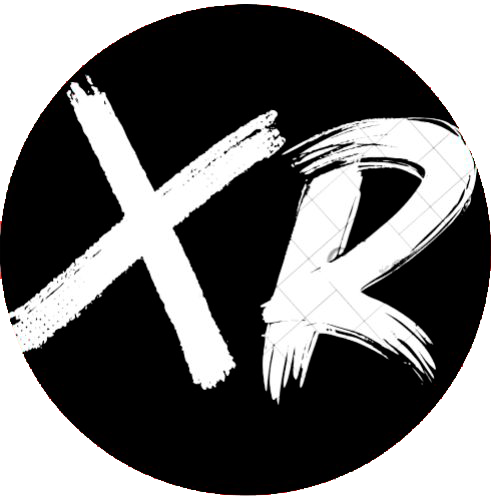Just like the normal social platforms we have at the moment—talking about Facebook, X (formerly Twitter), TikTok, Instagram, and the rest of them—VR social platforms are beginning to spring up.
As virtual reality (VR) technology keeps expanding, more use cases are being discovered. Also, with VR headsets becoming more advanced and sophisticated—with tons of tracking abilities—social VR platforms are becoming adopted rapidly. In today’s blog, we will analyze some of the top VR social platforms, which are also referred to as metaverse projects.
Top 7 Social VR Platforms to Watch in 2025
These platforms are pretty exclusive to different VR headsets, so you might need a particular VR headset model to access them.
1. Horizon Worlds (Meta)

Meta’s flagship social VR environment, Horizon Worlds, continues to benefit from Meta’s deep pockets and Quest headset ubiquity. Despite early challenges in user engagement, recent UI/UX overhauls and integration with Meta AI have reinvigorated the platform.
This platform is reported to have over 300,000 monthly active users as of 2022, and while there are no recent reports on its current active user base, the new Quest 3S headset is said to have dragged even more people to the platform, thanks to the massive promotion by Meta.
Meta Horizon World is powered by Meta Horizon OS and compatible with the Microsoft Windows platform. It is essentially a virtual platform where many VR enthusiasts can connect and build apps (“worlds”) together. You need the Oculus or Meta Quest headsets to access Horizon Home.
2. VRChat
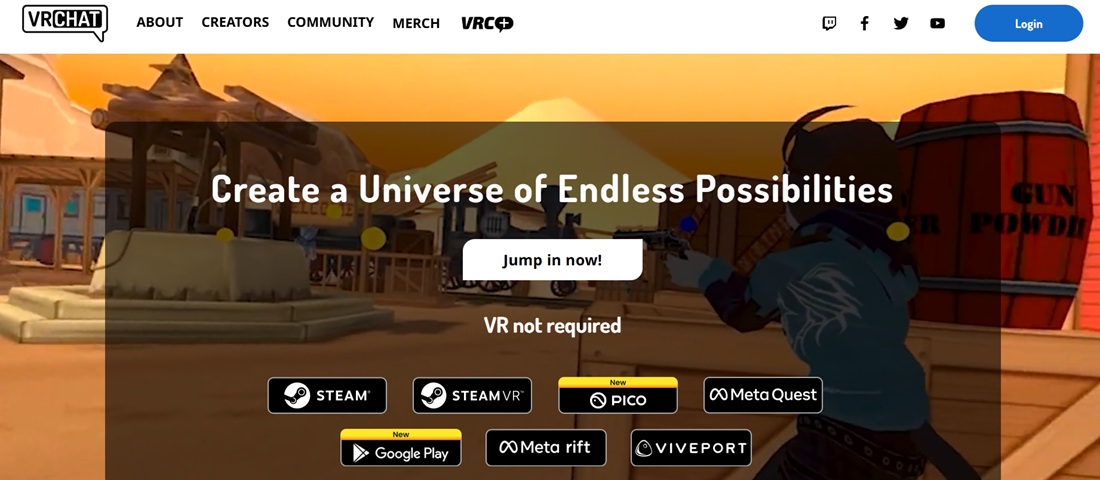
Here’s another impressive social VR platform, and it’s different from Horizon World by Meta. So, VRChat comes in as an ideal community-driven VR space, notable for allowing its users to create custom avatars, worlds, and social events. VRChat features an “open-ended” architecture that fosters endless creativity but at the price of moderation challenges.
VRChat is available across VR headsets, thanks to its multi-platform support; that said, you can access the social platform from headsets like the Pico 4, Meta Quest, and HTC Vive XR Elite. Essentially, VRChat supports Microsoft Windows OS and Android-based VR headsets. You can also launch VRChat on a Windows PC in “desktop” mode, using your mouse and keyboard or gamepad to navigate.
3. Rec Room
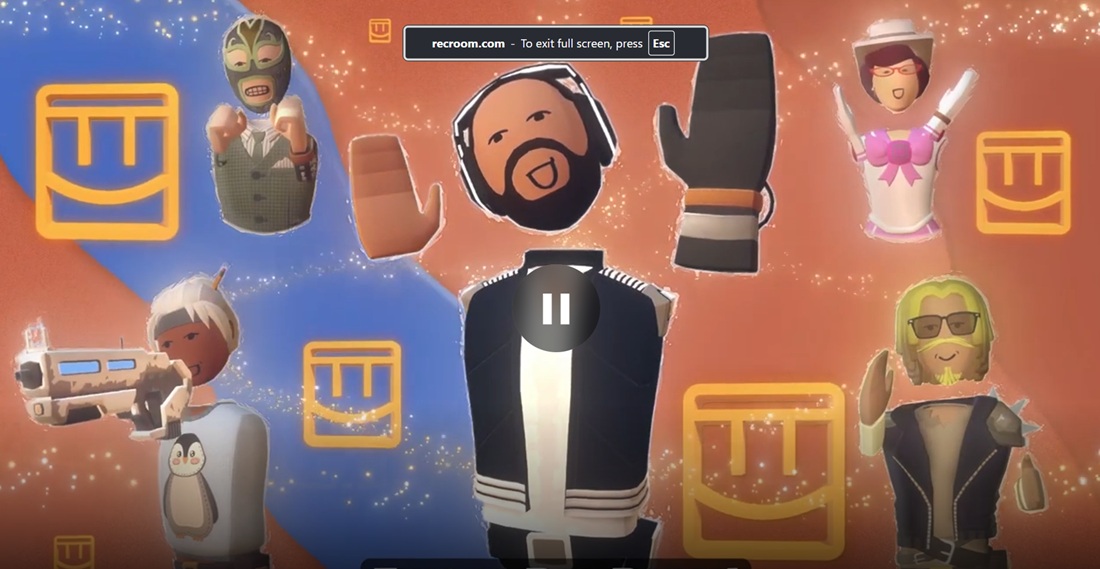
Rec Room blends social VR with lighthearted gaming, offering a suite of user-created mini-games and social spaces. Its cross-play support and mobile companion app differentiate it within the market. With over 50 million registered users and 10 million monthly active users, Rec Room is one of the most flexible social VR platforms.
Rec Room simplifies the virtual world and game creation for non-technical users. It also offers a mobile app that allows users to join social chats and preview rooms on the go without needing a VR headset. Also, Rec Room operates on a freemium model: cosmetic “tokens” are earned through gameplay or purchased directly. The platform shares revenue with top creators via its Partner Program.
4. Engage
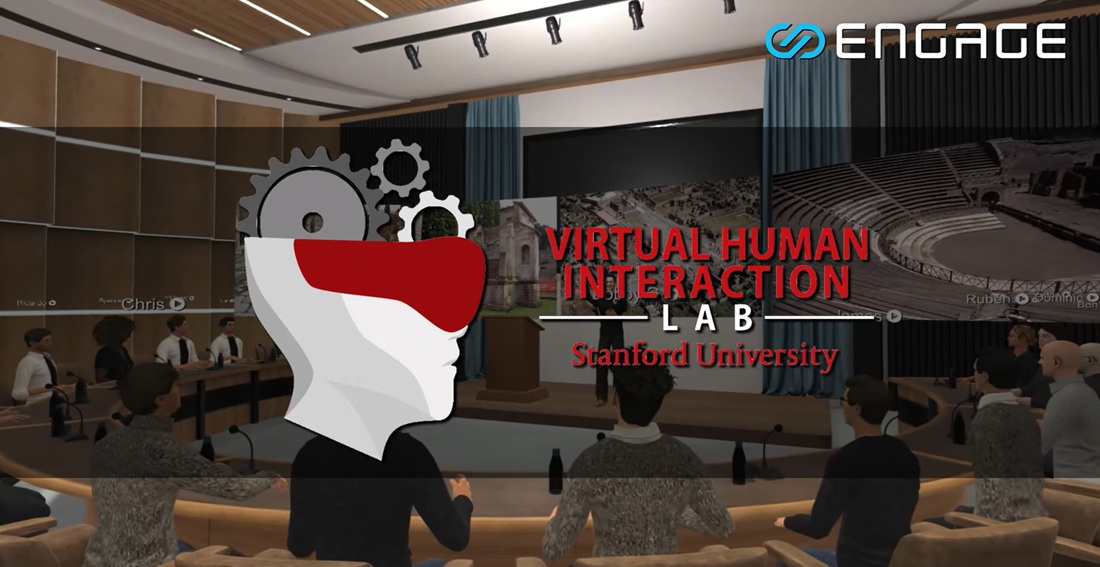
Developed by Engage XR, Engage VR is an enterprise-grade platform specializing in education, training, and virtual conferencing. Its emphasis on educational tools and analytics differentiates it from consumer-oriented social VR platforms.
With Engage VR, you can have the chance to work with the Engage XR team to build custom AI avatars for your organization, enable role-play training, sales leads, marketing, and any other ideas in this exciting new era of computing.
Also, the platform offers various collaboration tools for virtual conferencing; some of these tools include screen streaming, immersive whiteboards, 3D virtual pens, and spatial VoIP k2communications. Engage serves over 1,000 institutional clients, including universities and Fortune 500 companies, with daily sessions exceeding 10,000 participants.
5. Spatial
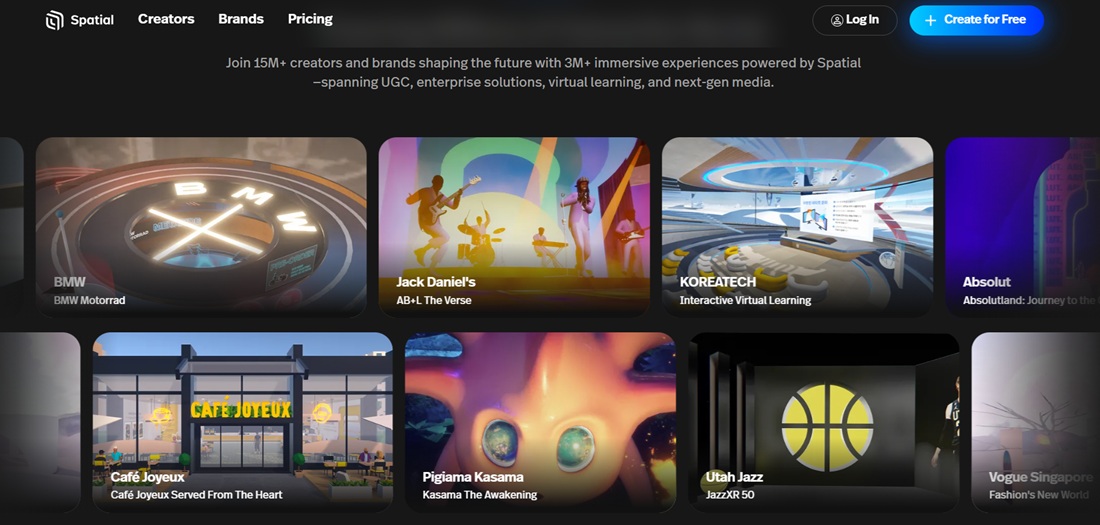
Spatial has rapidly evolved from an enterprise AR collaboration tool into a full-featured social VR platform, blending professional and casual use cases. Its browser-based access and Unity SDK for user-generated content make it a versatile hub for meetings, galleries, and informal hangouts. Developers can build and monetize custom environments and mini-apps using Spatial’s Unity SDK.
The Spatial platform reportedly draws over 500,000 monthly active users across enterprise and consumer tiers, with average session lengths exceeding 45 minutes, according to Wired. Interestingly, you can run Spatial in any WebXR-enabled browser and natively on Quest and Pico VR headsets.
6. Neos VR
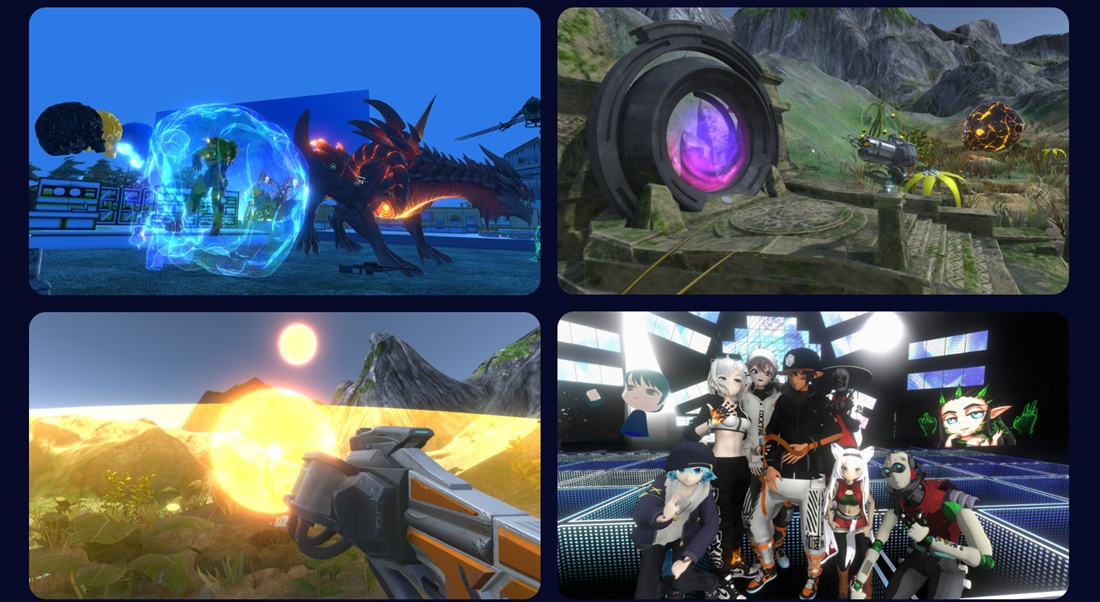
Neos Metaverse, commonly called Neos VR, is an all-in-one metaverse engine, offering modular frameworks for collaboration, gaming, and content creation. Its in-world programming language, LogiX, empowers advanced interactivity for all users, so this has become a peer-to-peer virtual reality metaverse for educators, creators, and online communities.
The Neos VR platform uses a node-based logic system for building complex behaviors without external tools while also offering a decentralized CDN for the seamless sharing of 3D assets and prefabs. You’re set to experience bespoke metaverse experiences with this social VR platform.
7. Frame VR

Frame VR is quite straightforward; it is meant for virtual conferencing and meetings. It is a browser-based social VR platform developed by Virbela to empower professional collaboration. With no downloads required and robust moderation tools, this platform serves both corporate and educational markets.
Frame VR hosts tens of thousands of monthly active users across enterprise, education, and event use cases, with typical session lengths of 30–60 minutes. Honestly, the platform is a space to boost your creativity and ideation—bringing your concepts to life in clear 3D visuals that you can modify at any time.
What More?
The social VR niche in 2025 has become vast, but mostly, it’s been targeted at professionals and not basically “everyone”—even though anyone can sign up and use these platforms. From Meta’s Horizon Worlds to VRChat, Rec Room, and Frame VR, these VR social platforms are empowering cross-world collaborations, with almost no limitations, while also remitting monetary incentives to creators and developers.
